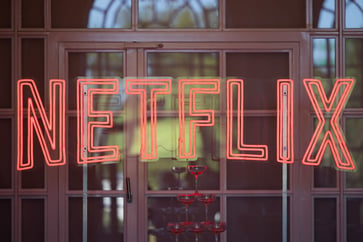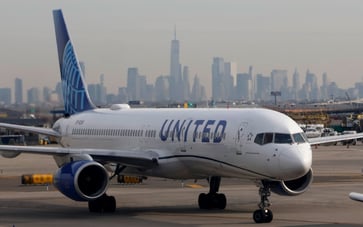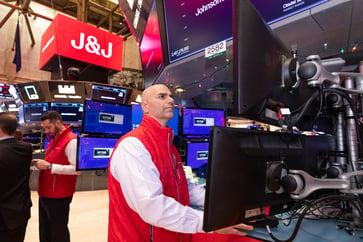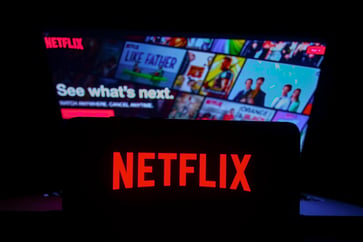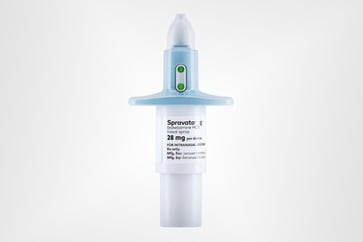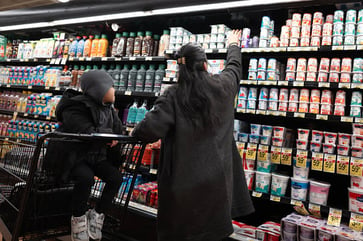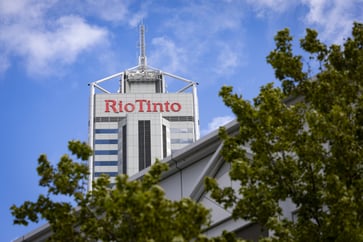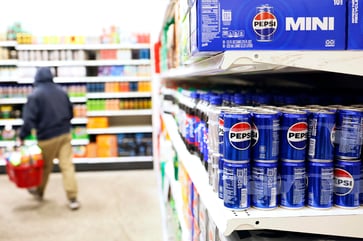Rising food delivery fees are putting a strain on everyone's budgets.
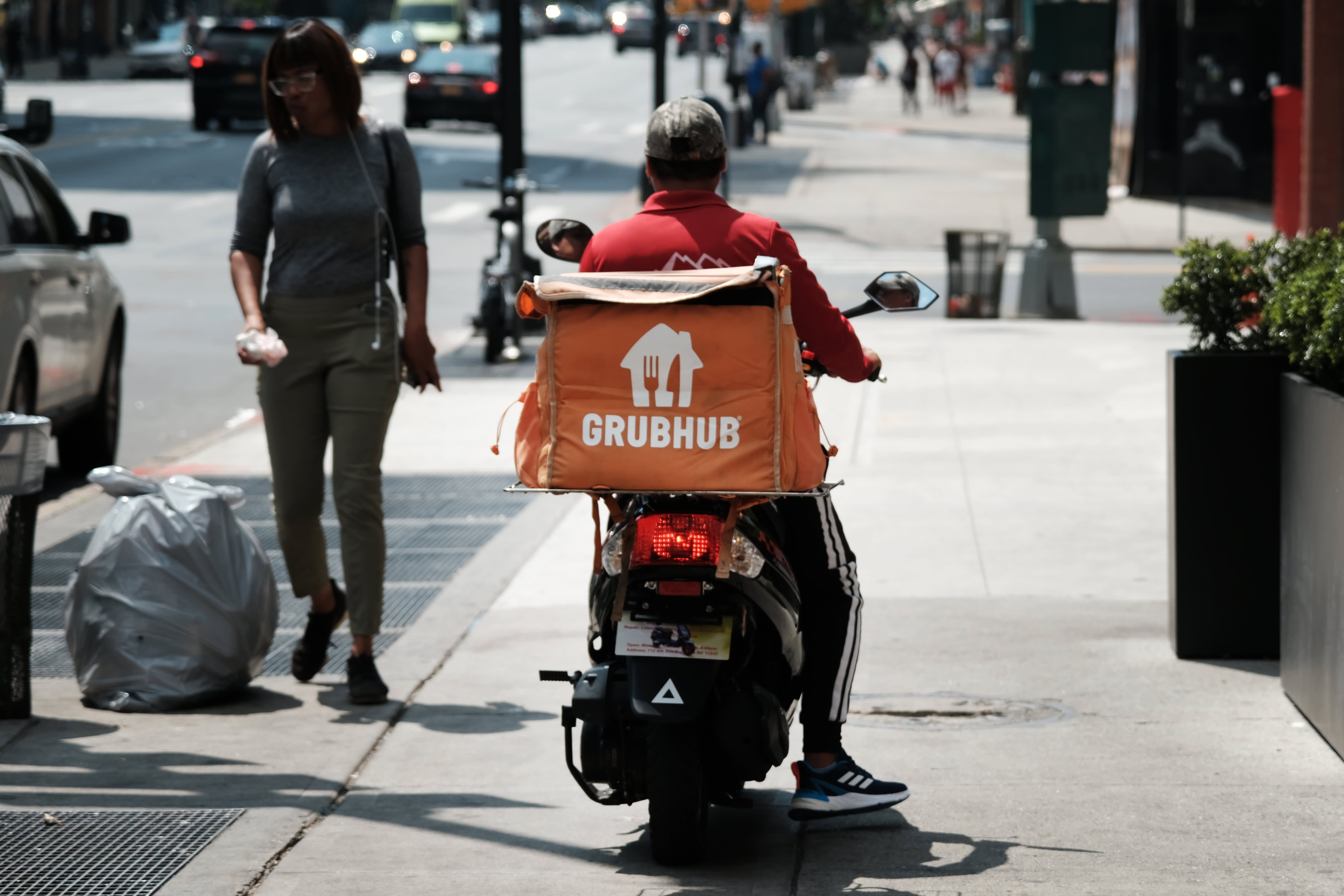
- The total cost of a meal on third-party delivery apps, including service fee, delivery fee, and tip, can be significantly higher than many consumers anticipate.
- Reduced-fee options for premium service users have caused frustrations for both sides of the table, including companies like DoorDash, Grubhub, and Uber Eats.
- To cover service commission fees, restaurant owners frequently have to increase menu prices, which may lead to losing customers who value convenience.
What is the cost of having food from your preferred restaurant delivered to your doorstep?
American consumers are increasingly relying on third-party food delivery services, such as Grubhub and Eats, for their daily dining needs. This trend is creating a complex equation for both customers and restaurants, involving service fees, delivery costs, and worker tips.
The services have been affected by frustrations from both sides of the table, as they strive to maintain profits and support orders while cash-strapped Americans closely examine the checkout screen and order totals that frequently exceed expectations.
According to Technomic, consumers reported higher yearly increases in their total checks on third-party apps between 2022 and 2024, compared to orders made directly through restaurant sites. Despite Uber Eats, DoorDash, and Grubhub promoting paid memberships to reduce fees, consumers still claim to pay more on average for third-party orders.
As inflation persists, more Americans are keeping a close eye on their finances, resulting in rising costs.
Zainab Batool, a San Francisco resident who orders delivery from Uber Eats or DoorDash weekly, described the added fees as "insane."
Batool stated, "Four years ago, I believe they were not as high, but now it seems like their level keeps rising."
The percentage of consumers opting for third-party delivery services over direct restaurant delivery has increased from 15% in 2020 to 21% in 2024, as per Technomic's 2024 Delivery & Takeout Consumer Trend Report. The research firm attributed this trend to factors such as better order tracking, access to promotions, and the ability to discover new restaurants through the use of apps.
But the cost of added fees could be driving some of them away.
A study by Gordon Haskett Research Advisors found that the premium that restaurants were charging for third-party delivery service menus increased between 2022 and 2023, nearly doubling since 2020. Among consumers who reported ordering less delivery, 41% said it was because of high delivery fees, while 48% pointed to inflated menu prices, according to the report.
While striving to keep fees low, companies involved in delivery are also attempting to remain financially stable.
Grubhub aims to keep fees low while maintaining its business, despite rising delivery costs, a spokesperson stated.
Grubhub, an online food ordering and delivery company, is owned by Just Eat Takeaway, an Amsterdam-based online food ordering and delivery company that has stated its intention to sell some or all of Grubhub.
Despite historic inflation, DoorDash has decreased fees for consumers while experiencing an increase in active users and order frequency last year.
The delivery service, which went public in 2020, has yet to post an annual profit. Despite reporting a single quarter of profit — net income of $23 million — for the three months ended June 30, 2020, at the very beginning of Covid lockdowns in the U.S., the company has not been able to sustain this profitability throughout the year.
Uber's delivery business contributed significantly to its earnings last year, with the segment reporting an adjusted EBITDA of $1.51 billion in 2023, up from $555 million in 2022.
Uber Eats users are paying for a service that enables them to quickly and easily browse merchants and place orders with on-demand delivery, according to a spokesperson for Uber.
Uber Eats fees cover delivery personnel salaries and platform expenses, including safety programs, 24/7 support, background checks, product development, and more, to ensure timely order delivery.
Adding up the fees
For diners, doing the math across platforms is getting trickier.
Uber and DoorDash apply different fees to order totals in different regions to comply with local laws and regulations. In California, Uber Eats customers pay a CA Driver Benefits fee to fund mandatory benefits for drivers as per Prop 22.
Even before local variances, the add-ons can be daunting.
Uber and DoorDash charge a delivery fee that varies based on demand, location, and driver availability, while Grubhub adds a fee that increases with distance up to a maximum price. Both companies claim that the fee is paid directly to them to cover delivery costs, not to drivers or restaurants.
The three apps have a separate service fee that isn't easy to calculate.
Grubhub and DoorDash claim that their service fee covers the expenses of running their platforms, while Uber states that 90 cents of its fee goes straight to the delivery driver, but the driver is required to pay Uber an undisclosed amount for additional support services.
Both DoorDash and Uber claim that the fee may fluctuate depending on the order's total cost.
Customers may not know the total cost of their order until they have chosen their items and completed the checkout process.
"When you see something priced at $15 and then find out it costs $25 at checkout, it can be difficult to back out of the purchase, especially if you've already mentally committed to getting it or are excited about it."
Uber and Grubhub disclose their fees before checkout, while DoorDash makes the total applicable fees available to view in the cart.
Weighing the economics
According to Shelle Santana, an assistant professor of marketing at Bentley University, third-party delivery services can provide restaurants with increased exposure and customers.
Uber Eats and Grubhub have over 1 million and 375,000 merchants, respectively, while DoorDash had over 100,000 new merchants join its marketplace in 2023, generating nearly $50 billion in sales. Uber Eats merchants in the U.S. and Canada brought in more than $15 billion in sales last year through the app.
Uber Eats and DoorDash charge commission fees ranging from 15% to 30% for restaurants to be listed on their marketplaces, while Grubhub charges a marketing commission between 5% and 10% of each order, along with an order processing fee and 10% delivery fee.
Restaurants can select from a range of pricing plans on three platforms, with commission-free online ordering services available as an option.
Tony Scardino, the proprietor of Professor Pizza in Illinois, disclosed that he employs several third-party delivery services at his two Chicago outlets, including Grubhub, DoorDash, and Uber Eats. He has utilized these services for nearly four years and stated that the apps' pricing is "predatory" and "excessively high."
A business on the smaller side should consider using delivery services instead of in-house delivery, as it can be a difficult balance to strike, he said.
"Scardino stated, "You struggle with deciding whether to get on them or not, but with such a large audience on them, it's difficult to resist.""
The cost can in turn force restaurants to raise their menu prices.
According to Gordon Haskett Research Advisors, the average cost of menu pricing premiums for 25 popular restaurants on third-party delivery services was 20% higher than dining in.
Meredith Sandland, CEO of Empower Delivery, stated that restaurants are not covering the costs of DoorDash, Uber, and Grubhub. Instead, consumers who value convenience and wish to use these services must pay the bill.
Delivery services are becoming increasingly competitive, with Empower Delivery aiming to provide a lower cost option for restaurants by connecting with a pool of delivery workers, as stated on their website.
Since before the pandemic, Detroit Street Filling Station owner Phillis Engelbert has refused to use DoorDash and other third-party delivery services. She explained that her restaurant primarily relies on dine-in orders and a limited delivery option with a flat $7 fee.
Engelbert stated that despite potentially increasing sales, she is not convinced that third-party delivery apps would positively impact her profit or benefit her employees.
Engelbert stated that corporations can exploit our efforts by taking a portion of our accomplishments.
Flexing savings
With the increasing transfer of delivery app costs to consumers, third-party services have intensified their monthly membership options to ease the burden.
According to their websites, Grubhub+, DashPass, and Uber One all provide free delivery on every order with their premium memberships for $9.99 a month.
In May, Grubhub partnered with Amazon to include Grubhub+ in Amazon's Prime subscription. DoorDash offers a free yearlong membership for users with a DoorDash Rewards account, and Uber offers membership benefits for certain credit cardholders for a limited time.
According to their websites, DashPass, Uber One, and Grubhub+ all provide incentives for students, including half-priced and free options.
The subscriptions offer two advantages: Firstly, the assurance of lower all-in-order costs may encourage more customers to complete their purchases, and more frequently. Secondly, by having a select group of power users, the services can personalize future discounts for their most devoted customers, as Steve Tadelis, a professor of economics at UC Berkeley, explains.
DashPass members receive a lower service fee, but delivery charges are still eliminated.
The only remaining expense is a tip for the delivery driver.
According to Sandland of Empower, when consumers are caught off guard by the total cost, tipping may be their only option for controlling their budget.
Batool stated that although she consistently tips, she doesn't feel good about it due to the additional fees charged. She believes that tipping is necessary to ensure that drivers are fairly compensated, as she cannot be certain that the service fee and other charges will actually reach them.
""I feel frustrated because it seems like the service fees are not being used to benefit those who are providing the service," she stated."
Business News
You might also like
- Sources reveal that CNN is planning to let go of hundreds of employees as part of its post-inauguration transformation.
- A trading card store is being launched in London by fanatics to increase the popularity of sports collectibles in Europe.
- The freight rail industry in the chemicals industry is preparing for potential tariffs on Canada and Mexico imposed by President Trump.
- Stellantis chairman outlines planned U.S. investments for Jeep, Ram to Trump.
- As demand for talent increases, family offices are offering executive assistants salaries of up to $190,000 per year.

